Mouse lag on Windows 10/11 can be frustrating, mainly when it affects productivity or gameplay. Fortunately, there are multiple ways to address this issue. Tweaking will guide you through the common causes of mouse lag and provide troubleshooting steps to fix it on your Windows PC.
Reasons Causing Mouse Lag in Windows 10/11
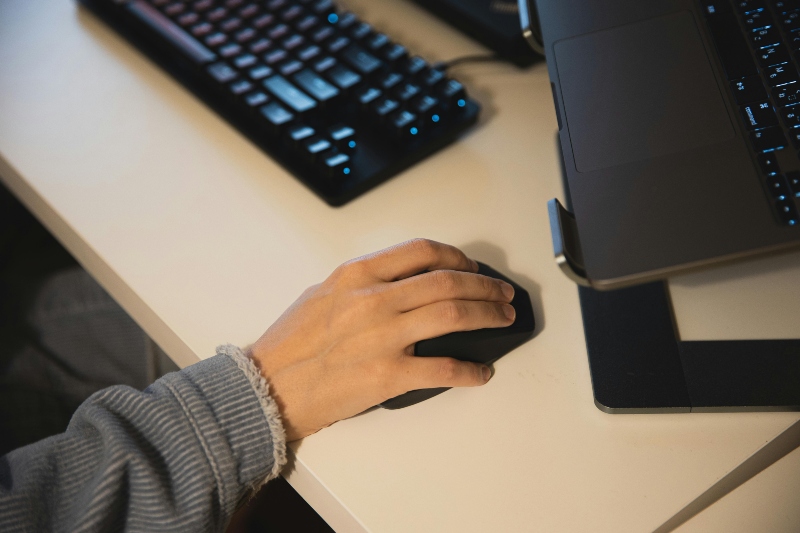
Outdated or Corrupted Mouse Drivers: Mouse drivers are the software that allows your operating system to communicate with your hardware. If these drivers are outdated, incompatible, or corrupted, it can lead to poor mouse performance, including lag.
Wireless Interference: Interference from other wireless devices can disrupt the connection for wireless mice, causing delay or stuttering in mouse movements. Bluetooth mice may also experience lag due to distance or battery issues.
High CPU Usage: If your system is under heavy load, such as running multiple programs or background processes, it may need to allocate more resources to handle mouse input smoothly.
Display or Graphics Settings: Incorrect display or graphics settings, such as a mismatched refresh rate or resolution, can cause mouse lag. This is especially common when using external monitors or gaming setups.
Faulty USB Ports or Connection Issues: For wired mice, faulty USB ports or a loose connection can lead to performance issues, including mouse lag.
Power Management Settings: Windows power management settings can sometimes limit the performance of connected devices, such as your mouse, especially when the PC is set to a power-saving mode.
Troubleshooting Steps for Windows 10/11 Users
Update Mouse Drivers
Outdated drivers are one of the most common reasons for mouse lag.
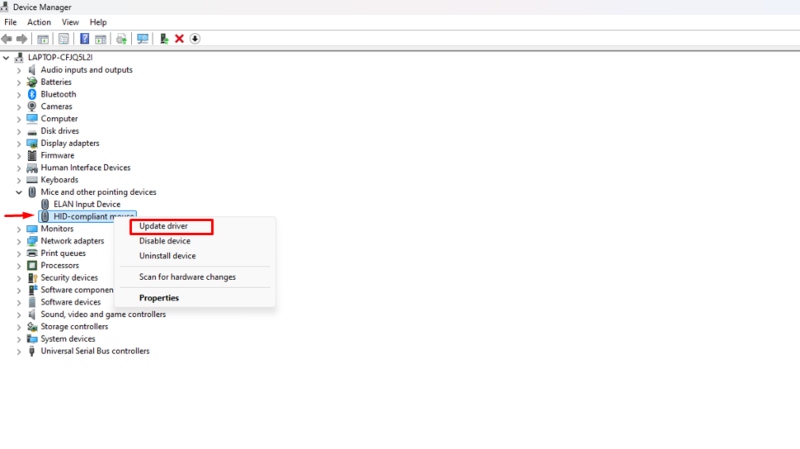
Here’s how to update them:
- Press Windows + X and select Device Manager.
- Expand Mice and other pointing devices.
- Right-click on your mouse and select Update driver.
- Choose Search automatically for updated driver software.
Windows will check for updated drivers and install them if available.
Reduce Wireless Interference
If you use a wireless mouse, interference from other devices may cause the lag. To resolve this:
- Move closer to the receiver if you are using a Bluetooth or RF mouse.
- Replace or recharge the mouse batteries.
- Disconnect other wireless devices temporarily to see if they are causing interference.
Adjust CPU Usage and Close Background Processes
High CPU usage can slow down your mouse response. To optimize performance:
- Press Ctrl + Shift + Esc to open Task Manager.
- Click on the Processes tab and sort by CPU usage.
- Close any unnecessary applications or processes that consume a lot of resources.
This can free up system resources and improve mouse responsiveness.
You can also consider using third-party tools like Tweaking.
Tweaking offers a Lookup svchost.exe Tool that displays all svchost.exe processes and associated services. If you notice svchost.exe consuming a lot of memory or CPU, this tool can help identify the cause and allow you to address the issue efficiently.
Adjust Display Settings
Incorrect display settings can cause mouse lag, particularly with external monitors or gaming setups. Here’s how to adjust them:
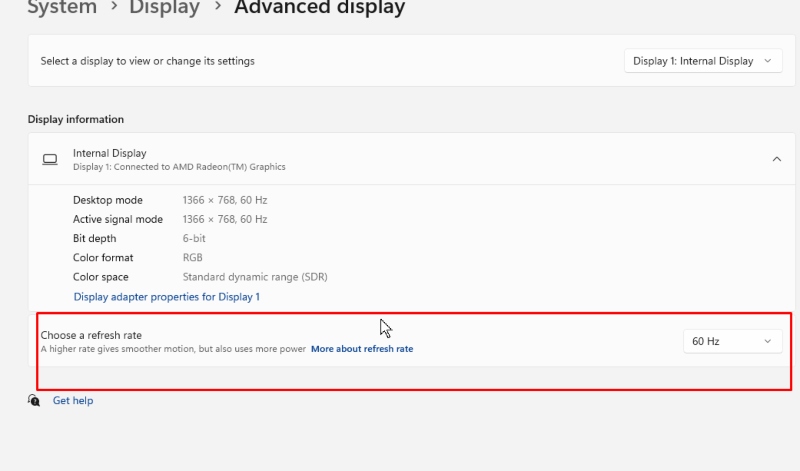
- Right-click on your desktop and select Display settings.
- Scroll down to Advanced display settings.
- Ensure the refresh rate and resolution are set correctly according to your monitor’s specifications.
- Try lowering the resolution or refresh rate to see if that improves performance.
Test USB Ports or Reconnect Your Mouse
For wired mice, connection problems can arise from faulty USB ports. To test this:
- Unplug the mouse and plug it into a different USB port.
- If the mouse works better in a different port, the issue may be with the original USB port.
- You can also try using your mouse on another computer to rule out hardware issues.
Change Power Management Settings
Power management settings can limit the performance of your mouse, especially in power-saving modes. To adjust these settings:
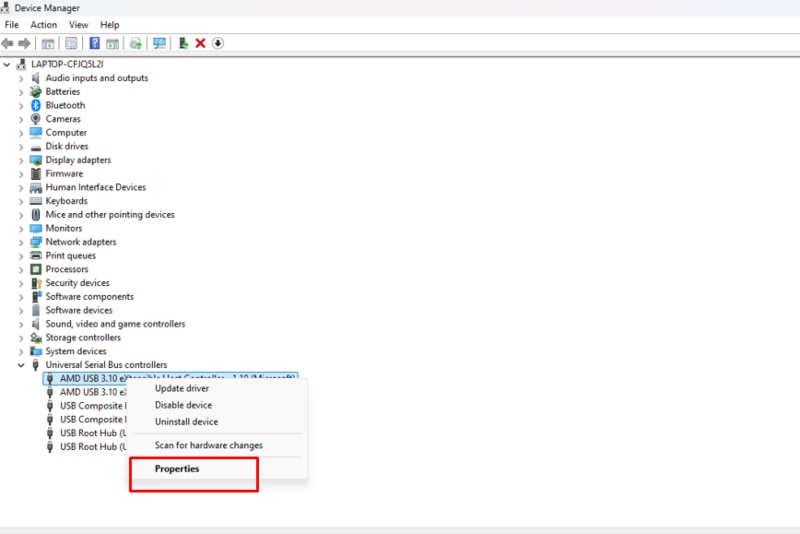
- Press Windows + X and select Device Manager.
- Expand Universal Serial Bus controllers.
- Right-click on each USB Root Hub and select Properties.
- Go to the Power Management tab and uncheck Allow the computer to turn off this device to save power.
Turning off this setting can prevent your mouse from being affected by power-saving features.
Disable Fast Startup
Windows Fast Startup feature can cause issues with device initialization, leading to mouse lag. To turn it off:
- Press Windows + S and type Control Panel, then press Enter.
- Go to Power Options > Choose what the power buttons do.
- Click Change settings that are currently unavailable.
- Uncheck. Turn on fast startup (recommended) and click Save Changes.
Disabling Fast Startup may resolve any initialization issues with your mouse.
Reinstall Windows Updates
Windows updates sometimes cause hardware-related issues, including mouse lag. To check for updates:
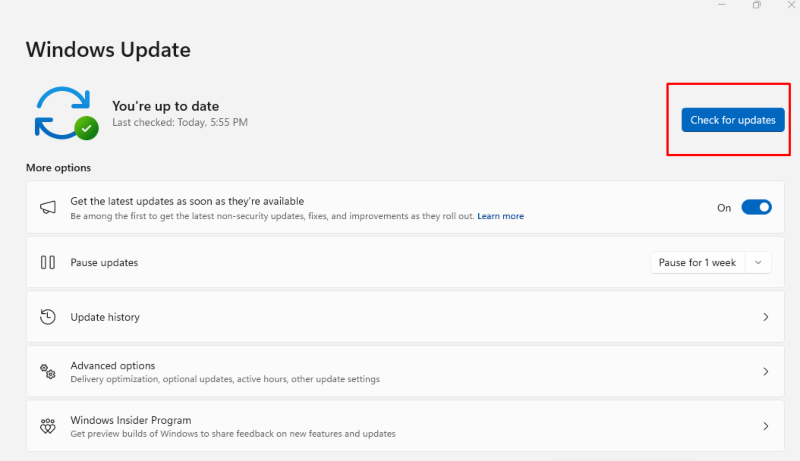
- Press Windows + I to open Settings.
- Go to Update & Security.
- Click Check for updates.
If updates are available, install them and restart your computer to see if the mouse lag issue persists.
Final Thoughts
Following these steps, you can resolve most mouse lag issues on Windows 10/11. Keeping your drivers up-to-date, maintaining good system performance, and ensuring proper device connections are crucial to preventing future lag. If the problem persists, it may be worth checking your hardware for defects or contacting support for further assistance.
Menzi Sumile
Verified at:
29/05/2024 06:37
Leave a Reply